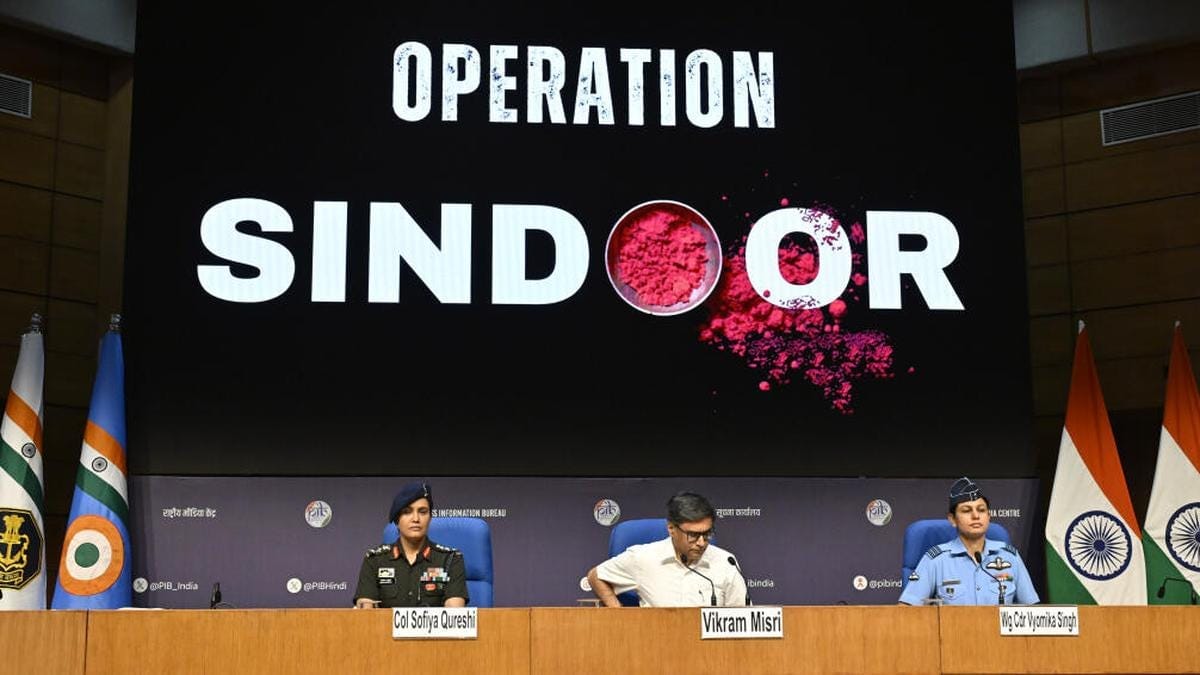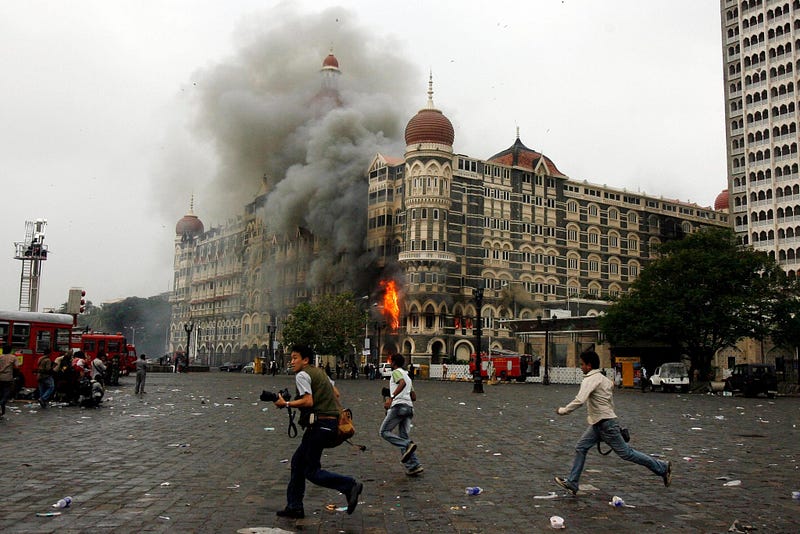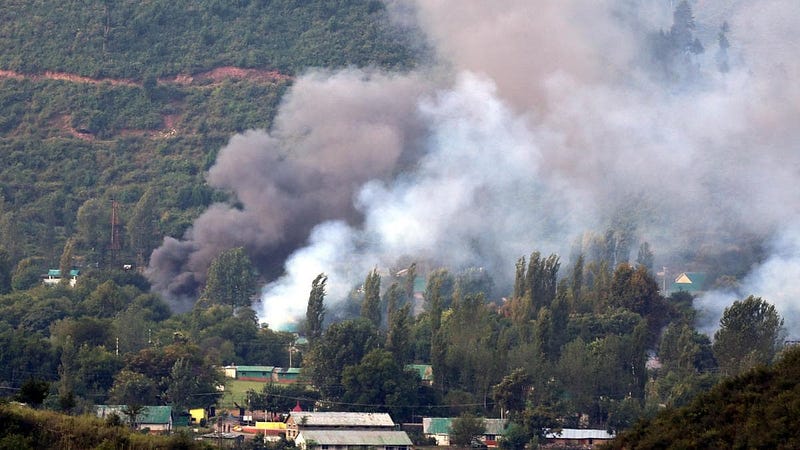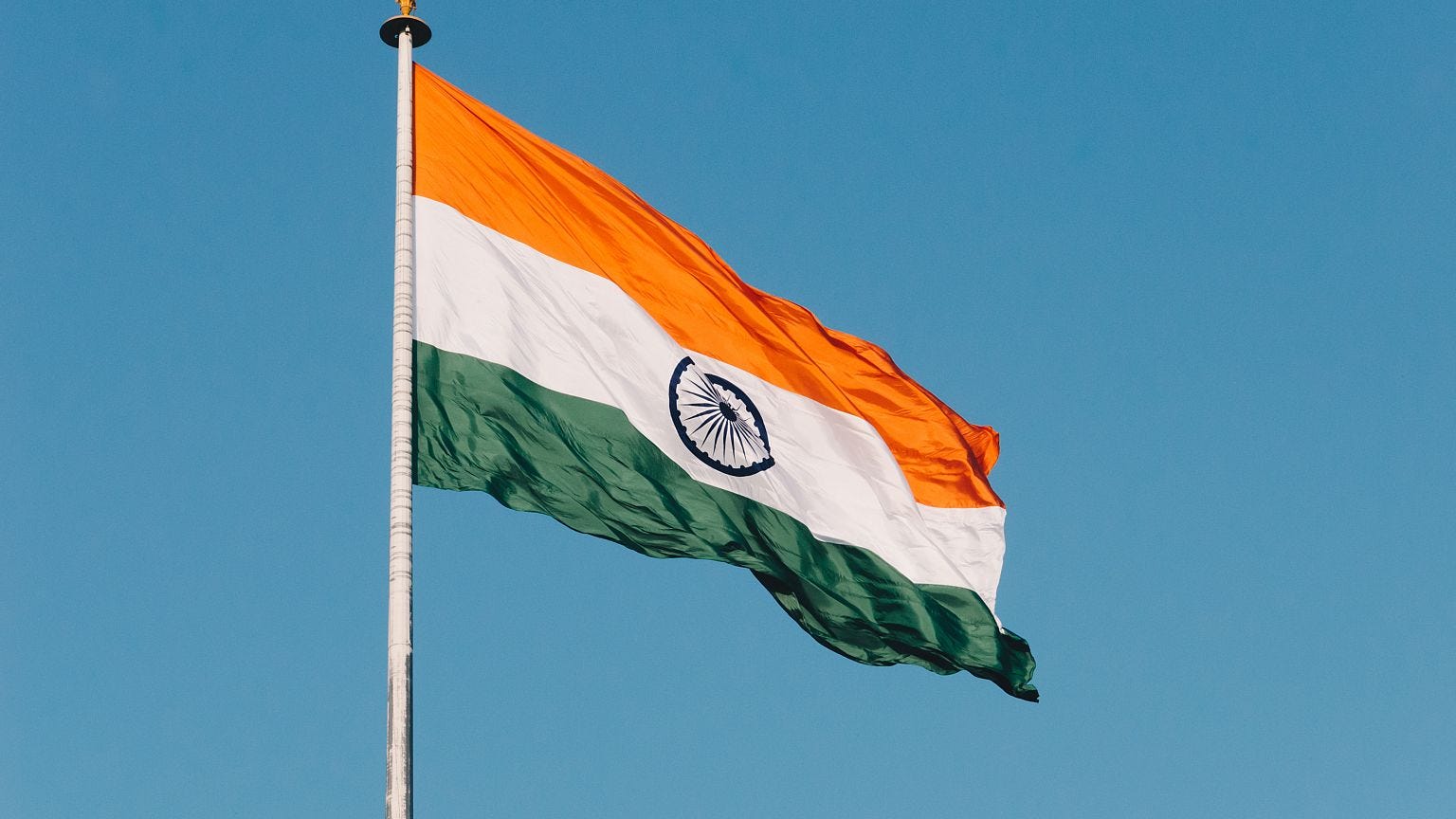Operation Sindoor: A Nation Holding Its Breath
The air in Delhi today is heavy — not just with the usual pre-monsoon humidity, but with a tension that crackles through news broadcasts

Free Link for readers
New Delhi, India — May 9, 2025
The air in Delhi today is heavy — not just with the usual pre-monsoon humidity, but with a tension that crackles through news broadcasts and hushes conversations in our usually bustling streets. We are living under the shadow of “Operation Sindoor,” a major military engagement launched by India in late April, and every headline, every rumour, sends a fresh wave of anxiety across the city. From my home in Delhi, the physical borders might be distant, but the psychological proximity of the conflict with Pakistan feels more acute than it has in years. For a global audience trying to make sense of this, it’s crucial to understand that Operation Sindoor isn’t an isolated event; it’s the latest, fiery chapter in a long and deeply troubled history.
The Spark: From Pahalgam’s Tragedy to Operation Sindoor
The immediate catalyst for Operation Sindoor was the horrific terrorist attack on April 15, 2025, in Pahalgam, Kashmir. A bus carrying tourists and pilgrims was targeted, resulting in the tragic loss of 26 innocent lives and scores injured (Source: Widely reported by Indian national media; international alerts from bodies like the Crisis Group, April 2025). The brutality of the attack, reminiscent of so many past horrors, sent shockwaves across India. Our government swiftly pointed fingers at Pakistan-based militant outfits, alleging cross-border infiltration and support — a claim Pakistan has vehemently denied.
Within days, as national grief turned to anger, India launched “Operation Sindoor.” While official briefings from the Ministry of External Affairs (MEA) describe it as a series of “targeted counter-terrorism operations aimed at dismantling terror infrastructure across the Line of Control (LoC),” reports from various media outlets (e.g., NDTV, India Today, May 2025) and international observers (e.g., e-ir.info, May 2025) paint a picture of significant artillery exchanges, special forces actions, and heightened air activity. Pakistan, in turn, has reported civilian casualties on its side and has engaged in retaliatory fire, accusing India of unprovoked aggression. The Indus Waters Treaty has reportedly been suspended by India, adding another layer to the crisis (Source: Vajiram & Ravi, May 2025).
A Legacy of Conflict: Why We Are Here
To truly grasp the weight of Operation Sindoor, one must delve into the seventy-eight years of fraught history between India and Pakistan. Our nations were born from the painful 1947 partition of British India, a division that, while granting independence, also unleashed unprecedented violence, mass displacement, and sowed the seeds of enduring conflict, most notably over the princely state of Jammu and Kashmir.
This dispute over Kashmir, a picturesque Himalayan region claimed in its entirety by both nations but divided by the heavily militarized Line of Control (LoC), has been the primary casus belli for three major wars (1947–48, 1965, and 1971). The 1999 Kargil conflict, though more limited in scale, again brought us perilously close to a full-blown war between two now nuclear-armed states (Source: TIME — India and Pakistan: A Timeline of Tensions Over Kashmir; Britannica). The LoC itself, meant as a temporary ceasefire line, has become a near-permanent scar on the subcontinent, witnessing daily exchanges of fire even in so-called “peacetime.”
The Enduring Trauma: A History of Terror on Indian Soil
For those of us in India, particularly in cities like Delhi which have felt the direct impact, the historical animosity has been compounded by decades of cross-border terrorism. India has consistently accused elements within Pakistan of training, arming, and providing safe havens to militant groups that have unleashed devastating attacks against Indian civilians and security forces. These accusations are not made lightly; they are backed by evidence gathered over years and, tragically, by a long list of casualties.
Understanding the depth of this trauma is key to understanding the Indian public’s sentiment and the government’s rationale behind operations like Sindoor. Here are some of the most prominent attacks that remain seared in our collective memory:
1993 Mumbai Serial Bomb Blasts (March 12, 1993)

This series of 12 coordinated bombings targeted key financial and public spaces in Bombay (now Mumbai), leading to approximately 257 deaths and around 1,400 injuries. The attacks were attributed to Dawood Ibrahim’s D-Company, allegedly with support from Pakistan’s ISI. (Information compiled from sources like BBC, The Hindu archives, and analysis by the Hudson Institute).
2001 Indian Parliament Attack (December 13, 2001)

Five heavily armed terrorists stormed the Parliament House complex in New Delhi, the heart of India’s democracy, while Parliament was in session. The attack resulted in the deaths of 9 security personnel and a gardener, with all 5 terrorists also killed; at least 18 others were injured. India held Pakistan-based militant groups Lashkar-e-Taiba (LeT) and Jaish-e-Mohammed (JeM) responsible. (Based on official Indian government statements, contemporary news reports by BBC, Rediff.com, and analyses from bodies like the Stimson Center).
2008 Mumbai Attacks (November 26–29, 2008) — “26/11”

In a horrific four-day siege, 10 Lashkar-e-Taiba terrorists from Pakistan launched coordinated shooting and bombing attacks across multiple landmark locations in Mumbai. These attacks claimed 166 innocent lives (civilians and security personnel) and left over 300 people injured; 9 of the terrorists were killed. The sole surviving attacker provided direct evidence of the plot’s origin and training in Pakistan. (Extensive documentation exists via global news archives, official Indian and international reports, and academic studies on the casualties).
2016 Pathankot Air Force Station Attack (January 2–5, 2016)

A heavily armed group infiltrated and attacked the strategic Pathankot Air Force Station in Punjab. The engagement led to the deaths of 7 Indian security personnel and 1 civilian; at least 4–5 attackers were also killed. Around 25 people, mostly security personnel, sustained injuries. India implicated the Jaish-e-Mohammed militant group. (Sourced from Indian official statements, contemporary media like NDTV, The Hindu, and parliamentary records).
2016 Uri Army Base Attack (September 18, 2016)

Four militants attacked an Indian Army brigade headquarters near Uri in Jammu and Kashmir, resulting in the deaths of 19 Indian soldiers; all 4 attackers were killed. Approximately 19–30 other soldiers were injured. India attributed this attack to Jaish-e-Mohammed, leading to retaliatory “surgical strikes” across the LoC by India. (Information from BBC News, Indian Express, NDTV).
2019 Pulwama Attack (February 14, 2019)

A suicide bomber targeted a large convoy of Central Reserve Police Force (CRPF) personnel in the Pulwama district of Jammu and Kashmir with an explosives-laden vehicle. This devastating attack caused the deaths of 40 CRPF personnel, with the bomber also dying; around 35 other personnel were injured. The Pakistan-based Islamist militant group Jaish-e-Mohammed claimed responsibility. This attack prompted the Balakot airstrike by India.
This grim litany illustrates why, for many Indians, patience has worn thin. Each attack not only resulted in tragic loss of life but also chipped away at trust and fueled a demand for decisive action.
Operation Sindoor: A Nation Holding its Breath
Operation Sindoor, therefore, is seen by a significant portion of the Indian populace as a necessary, if dangerous, response to years of perceived provocations culminating in the Pahalgam tragedy. The government maintains it is a targeted operation to ensure national security. However, the situation remains incredibly volatile. International calls for restraint are growing louder, with concerns about potential miscalculation between two nuclear-armed states.
Here in Delhi, the mood is a complex mix. There’s a surge of patriotic fervour, visible in some media narratives and social media discussions. Security is visibly heightened around key installations, and there’s an undercurrent of “what next?” that permeates conversations. We hear about emergency preparedness drills, and the constant news updates about LoC skirmishes, diplomatic expulsions, and the economic impact are unsettling. The closure of certain airspaces, as reported by aviation authorities, directly impacts travel and commerce.
Personally, there’s a profound sense of déjà vu. We’ve been here before — after the Parliament attack, after 26/11, after Pulwama. Each time, the rhetoric escalates, lives are lost on both sides, and then an uneasy quiet settles, only to be broken again. The question on many minds is whether Operation Sindoor will genuinely change this pattern or simply add another layer to the cycle of conflict.
Beyond the Brink: A Delhiite’s Plea
From my home in Delhi, a city that has witnessed empires rise and fall and has always found a way to endure, the desire for lasting peace is overwhelming. While the anger over terrorist attacks is real and the need for security paramount, the path of perpetual conflict is a path of collective loss. The human cost, not just in lives but in opportunities lost, in generations growing up under a cloud of animosity, is immeasurable.
A global audience watching this unfold must understand the depth of history and the raw wounds that terrorism has inflicted on India. But they must also see that operations like Sindoor, born out of these very compulsions, carry immense risks. As a Delhiite, as an Indian, I hope for the safety and security of my nation. But I also hope for wisdom, for de-escalation, and for a future where the dominant narrative between India and Pakistan is not one of conflict, but of cooperation and peace — however distant that dream may seem today.

